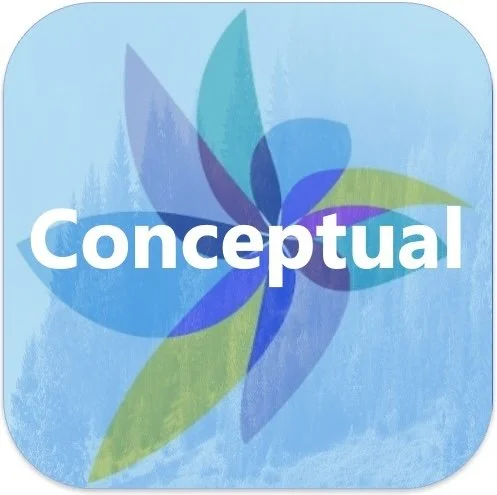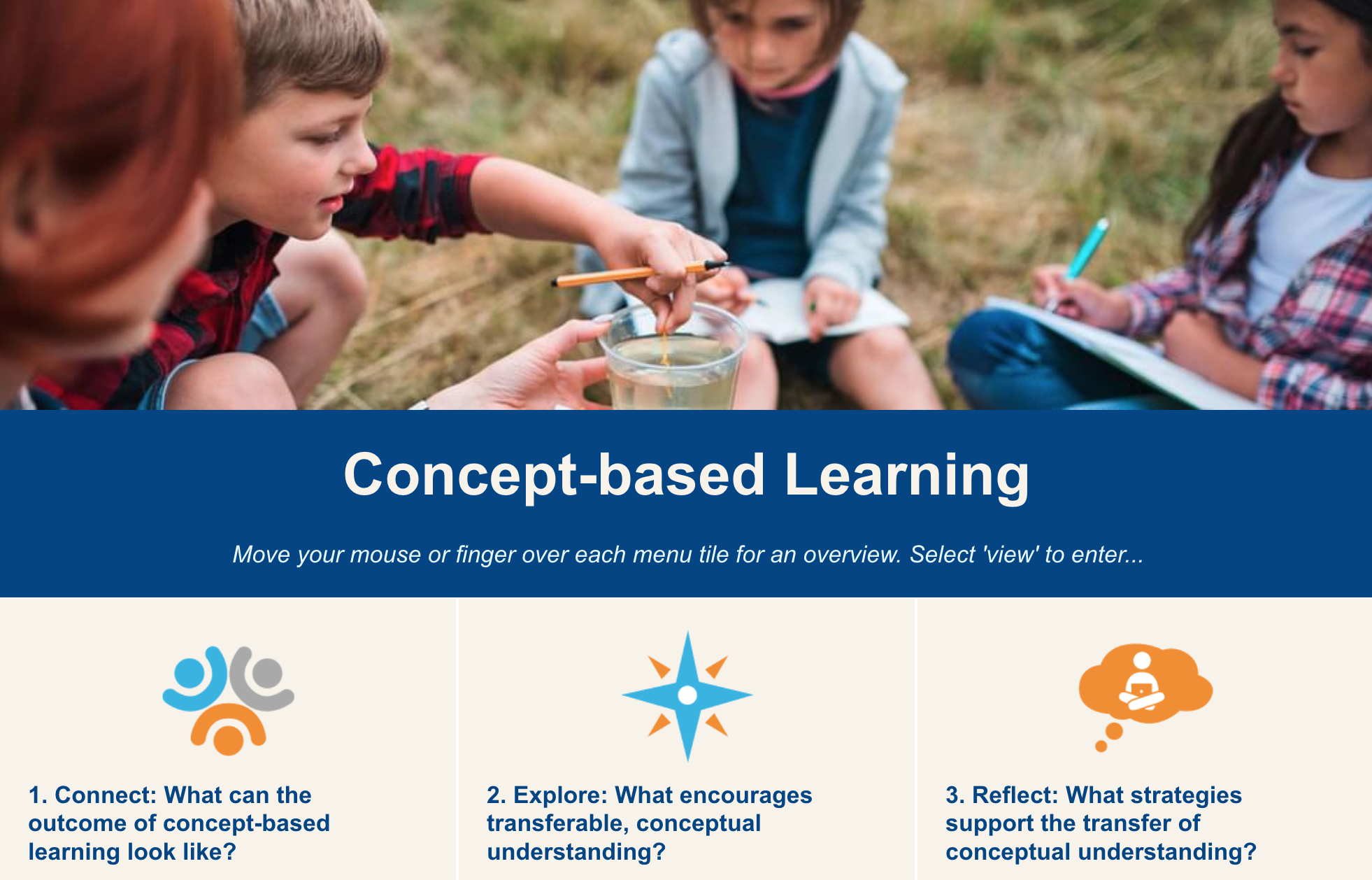IB Approaches to teaching are focused on conceptual understanding
Concepts are explored in order to both deepen disciplinary understandings and to help students make connections and transfer learning to new contexts
Click on a resource to take your own learning journey
Reflect on what you are learning
In your most recent unit/topic, how often did you:
help students to see the “big ideas” behind a topic?
help students to see patterns and connections?
encourage students to transfer their learning to new contexts?
Corwin Press shares the key to unlocking conceptual understanding: Uncover and Transfer. From Tools for Teaching Conceptual Understanding, Secondary, by Julie Stern, Krista Ferraro, and Juliet Mohnkern
FREE Nano PD: Concept-based learning
Consider the practices and strategies that support students to inquire at a conceptual level. While designed for PYP teachers, this Nano is beneficial for all teachers.
Search for more free IB professional development
Find the section in the Teacher Self-reflection Guide to capture your ideas.
Navigating the IB Programme Resource Center (PRC)
UNABLE TO ACCESS THE PROGRAMME RESOURCE CENTER? - CLICK HERE FOR HOW TO REGISTER
MyIB Sign Up
Further reading to understand the IB
Read the Brookings Institute case study Transcending borders: The International Baccalaureate’s systemic approach to educating the whole person by Whitney Hegseth (2023)
How is the IB explained in this case study?
How might the Brookings explanation contribute to your thoughts about the difference between an IB World School and a school with an IB programme?
How does this article expand your understanding of IB Approaches to Teaching?
US Growth Access and Outcomes Final Report (2024)
This newly published report contains a rich array of graphics, data, and testimonies that consolidate a number of research study findings. This is an ideal resource to either distribute as a whole, or draw from to strategically present relevant topics, to address misconceptions and re-write narratives.






